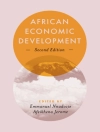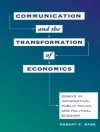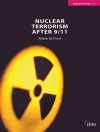Devising and performing a scientific experiment is an art, and it is common to hear scientists talk about the ‘beauty’ of an experiment. What does this mean in chemistry, the experimental science par excellence? And what are the most beautiful chemical experiments of all time? This book offers ten suggestions for where beauty might reside in experimental chemistry. In some cases the beauty lies in the clarity of conception; sometimes it is a feature of the instrumental design. But for chemistry, there can also be a unique beauty in the way atoms are put together to make new molecules, substances not known in nature. The ten experiments described here offer a window into the way that chemists think and work, and how what they do affects the rest of science and the wider world. This book aims to stimulate the reader to think anew about some of the relationships and differences between science and art, and to challenge some of the common notions about particular ‘famous experiments’. Elegant Solutions: Ten Beautiful Experiments in Chemistry is accessible to all readers, including those without a scientific background and can provide an unusual point of entry into some of the basic concepts of chemistry. Phillip Ball is a renowned, prolific, award winning science writer.
Table des matières
Introduction: What is an Experiment? What is Beauty?; Section 1: Asking Questions of Nature; Chapter 1: How Does Your Garden Grow?; Chapter 2: An Element Compounded; Chapter 3: New Light; Chapter 4: The Marvellous Glass Balloon; Chapter 5: The Elements Came in One By One; Divertissement 1: Chemistry as Theatre; Section 2: Posing New Questions; Chapter 6: Molecules Take Shape; Divertissement 2: Myths and Romances; Chapter 7: Life and How to Make It; Chapter 8: Not So Noble; Section 3: The Art of Making Things; Chapter 9: Nature Rebuilt; Chapter 10: Plato’s Molecules; Divertissement 3: Chemical Aesthetics












